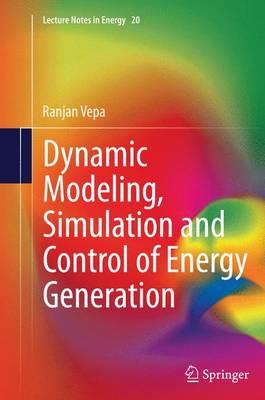Full Product Details
Author: Ranjan Vepa
Publisher: Springer London Ltd
Imprint: Springer London Ltd
Edition: Softcover reprint of the original 1st ed. 2013
Volume: 20
Dimensions:
Width: 15.50cm
, Height: 2.10cm
, Length: 23.50cm
Weight: 5.913kg
ISBN: 9781447169574
ISBN 10: 1447169573
Pages: 373
Publication Date: 23 August 2016
Audience:
Professional and scholarly
,
Professional & Vocational
Format: Paperback
Publisher's Status: Active
Availability: Manufactured on demand

We will order this item for you from a manufactured on demand supplier.
Author Information
Ranjan Vepa is a Lecturer with the School of Engineering and Material Science at Queen Mary, University of London as well as the Programme Director for the Avionics Programme. He received his Ph.D. in Applied Mechanics from Stanford University in 1975, specializing in the area of Aeroelasticity under the guidance of the late Prof. Holt Ashley. Prior to joining Queen Mary he was with NASA Langley Research Center, where he was awarded a National Research Council Fellowship and conducted research in the area of unsteady aerodynamic modelling for active control applications. Subsequently he was with the Structures Division of the National Aeronautical Laboratory, Bangalore India and the Indian Institute of Technology, Madras, India. Ranjan was invited by Queen Mary College, in 1984, as a Visiting Fellow by Prof. G. J. Hancock. He has been a pioneer in modeling unsteady aerodynamic and aeroelastic systems for control applications. He is a pro-active researcher and in the forefront of theapplication of new methods and technologies to applied control systems. Ranjan's current and primary research is in the area of smart structures and their applications. He is also applying the distributed systems control-theoretic approach to the monitoring and control of structures and the flight control and simulation of UAV flight. Significant progress has been made in the design and development of novel micro-sensors, micro-actuators and filters for implementing the smart actuation of aerofoils and structural health monitoring with application to compressors and turbines including wind turbines. Other related research interests include dynamics and robust adaptive estimation and control of linear and nonlinear aerospace renewable energy and propulsion systems with parametric and dynamic uncertainties including the integration of fuel cells and batteries with gas turbine engines. Ranjan is a staunch believer in interdisciplinary research and also undertakes research on the control of biodynamic systems and on the design and development of smart prosthetic devices. He has an interest in the application of optimal control theory to prosthetic devices for smart limbs as well as to inhibit the occurrence of cardiac arrhythmias.



